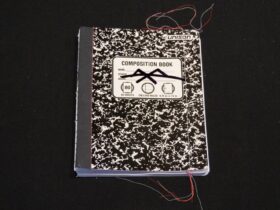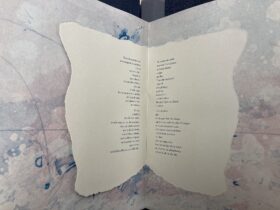On this National Flower Day, Special Collections would like to introduce you to The Language of Flowers.
Delightfully illustrated by noted 19th-century illustrator and writer, Kate Greenaway, this petite tome includes a list of over 200 plants and their figurative equivalents. For example, the azalea represents temperance, the daisy represents innocence and the water lily represents pureness of heart.
Kate Greenaway (17 March 1846 – 6 November 1901) was an English children’s book illustrator and writer and one of the most influential illustrators of her age. Greenaway, along with Randolph Caldecott and Walter Crane, revolutionized illustration. Her first book, Under the Window (1879), a collection of simple idyllic verses about children that she wrote herself, was a bestseller and sold 100,000 copies in her own lifetime.
Likely because her mother was a seamstress, Greenaway paid particular attention to the clothing of her characters. Rather than stick to the fashion of the time, she chose instead to depict characters in clothing from the early 19th century. Though unconventional, the choice proved instrumental in influencing Victorian fashion. Her books attracted not only book lovers, but also the fashionable set in London. Parents began to dress their children in outfits that could have come straight out of Greenaway’s illustrations. Liberty of London, a well known department store in Britain, even adapted her “looks” for a line of children’s clothing.
Her seminal role in creating the form of the modern child’s picture book was recognized in 1955, when the Library Association of Great Britain established the Kate Greenaway Medal. The award is given annually to the British artist who has produced the most distinguished illustrations in works of literature for children.
Included at the back of The Language of Flowers are a selection of flower-related verses, including “To a Mountain Daisy” by Robert Burns, and “To Primroses Filled With Morning Dew” by Robert Herrick. Quite à propos as March 21 is also World Poetry Day!
Why not visit Special Collections today and see Greenaway’s fashionable illustrations and learn the language of flowers? We are located on the second floor of the Bartle Library (off of the North Reading Room).







